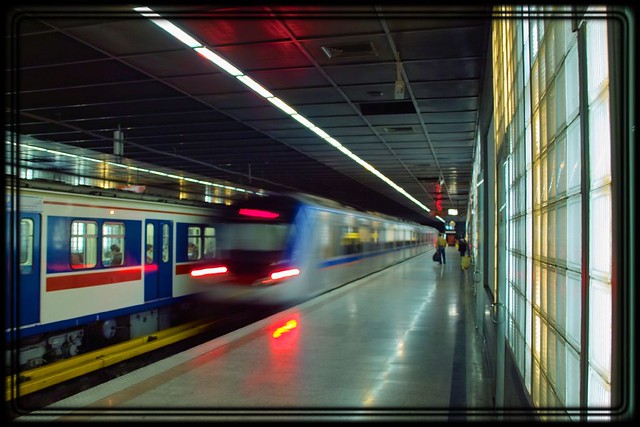Evaluation of spatial accessibility to public transportation has a weak background in many emerging countries, including Iran. Transit-Oriented Development is of great interest among Iranian planners and academics, but little is known about transit orientation provided by major public transport systems exemplified by the Tehran Metro. Statistical difference tests and polynomial regression done in this study show how residential densities within walking distances of metro stations established at different times after 1998 are significantly different. Both population and employment densities have decreased in more recent stations compared to those opened between 2005 and 2010. Moreover, one-way T-Tests comparing the population and densities of older lines with those of newer lines reveal that, in most cases, densities within walking distances of stations of older lines are higher. The paper concludes that lack of proper site selection and failing to locate new stations near job centers and highly populated areas threatens the transit-friendliness that emerged in the early years after establishing the first metro station in 1998.

More about urban planning and mobility in the Middle East: